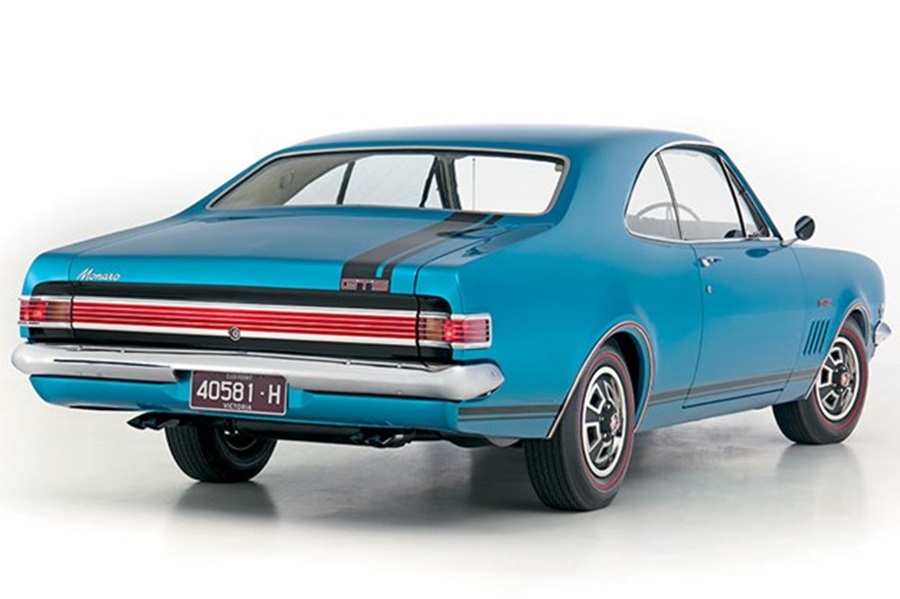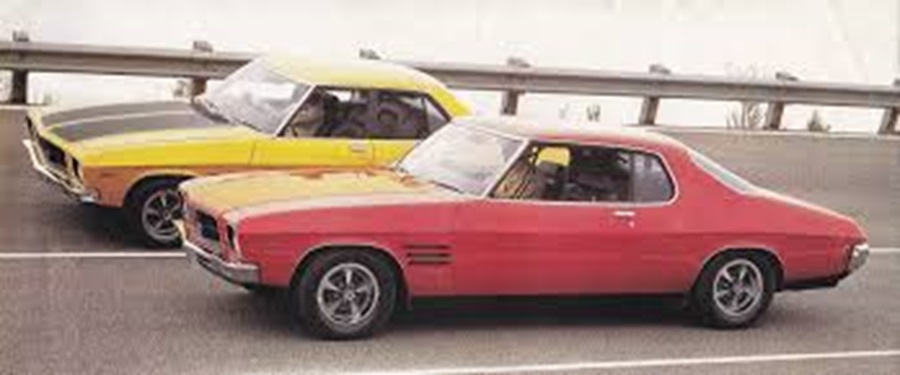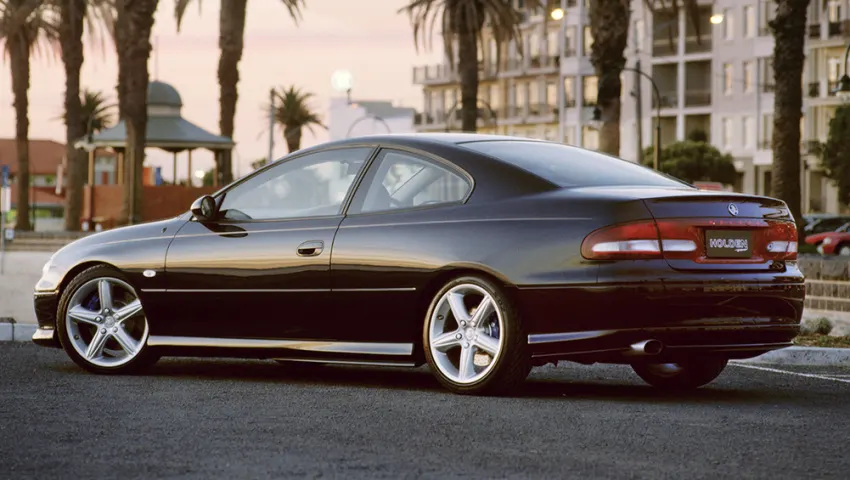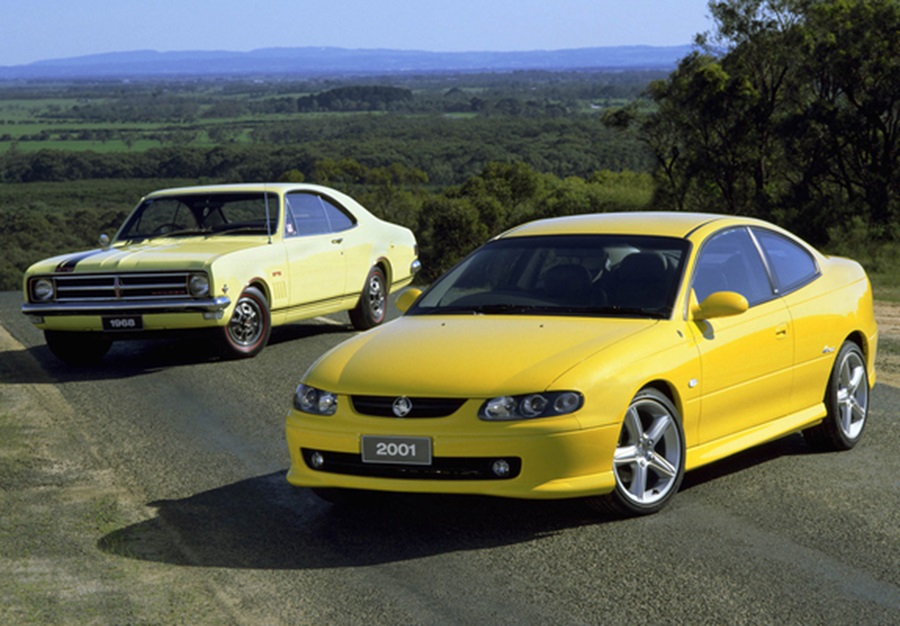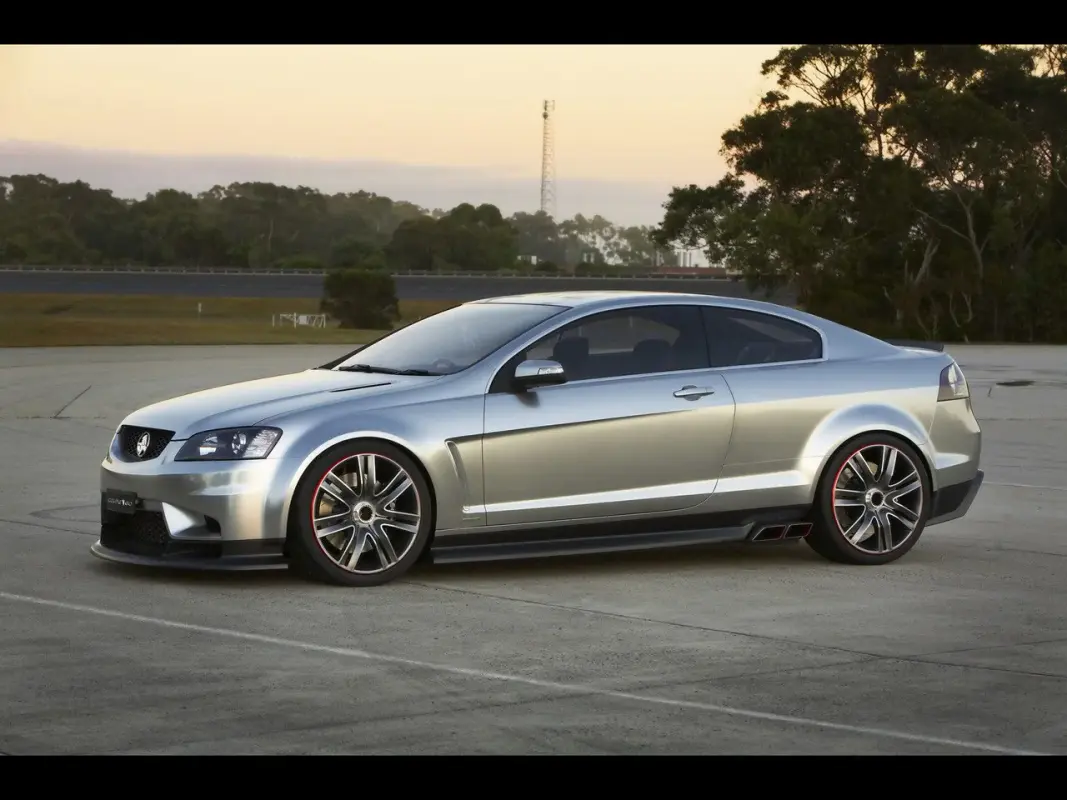In some ways, this is NOT Aussie Muscle! It was an Aussie car, just without an Aussie engine.
Back in the late 2000's, the Australian government was offering "co-funding" to the three remaining car manufacturers to produce more efficient vehicles. Keep in mind, at the time, Ford, Holden and Toyota were all making basically the same vehicle, large sedans with large engines. The co-funding was to hopefully bring customers back to the local brands, while also keeping jobs for those working in the factories.
Toyota spent the money on making Hybrid Camry's, which was actually very well received in fleet, rental, government and taxi operators. Holden committed to alternative fuels in the form of E85 and LPG (propane), as well as local assembly of the Cruze. Ford initially committed to making the Focus here, but that was shelved shortly after the announcement. Instead, Ford spent the money on a putting a diesel V6 in the Territory (a Falcon based SUV), a new version of the LPG (propane) fueled 4.0 inline 6, this time called EcoLPi. Both engines were highly regarded, the diesel in the Territory delivered the sort of fuel economy missing from the model, along with refinement. The EcoLPi engine ended up being faster than the petrol (gas) version.
But the most controversial move made by Ford was putting a four-cylinder engine into the Falcon sedan. Most people panned this move because of the preconceived notion that a "real" Aussie car should have at least six cylinders, or preferably eight. But by 2013, that sort of thinking was well out of date. The engine Ford Australia chose was the direct injected 2.0 EcoBoost in the 179 kW or 240 hp tune. This engine powered a variety of different Ford's, Volvo's and even Jaguar's. In fact, Ford Australia were the pioneer for using that engine in a rear-wheel-drive format, which would later appear in the Jaguar XF and XE. To go with the new engine, Ford retuned the suspension and steering, revised the cooling system and used a lighter gearbox. There was a new variable displacement power steering pump and linear rack, new Goodyear low rolling resistance tyres, and underbody aero shields added for optimized fuel efficiency. EcoBoost specific NVH details included upgraded hood liner, engine cover insulator, under-engine insulation, acoustic windscreen and upgraded exhaust system. So, this was more than hurling a four-cylinder engine into a Falcon.

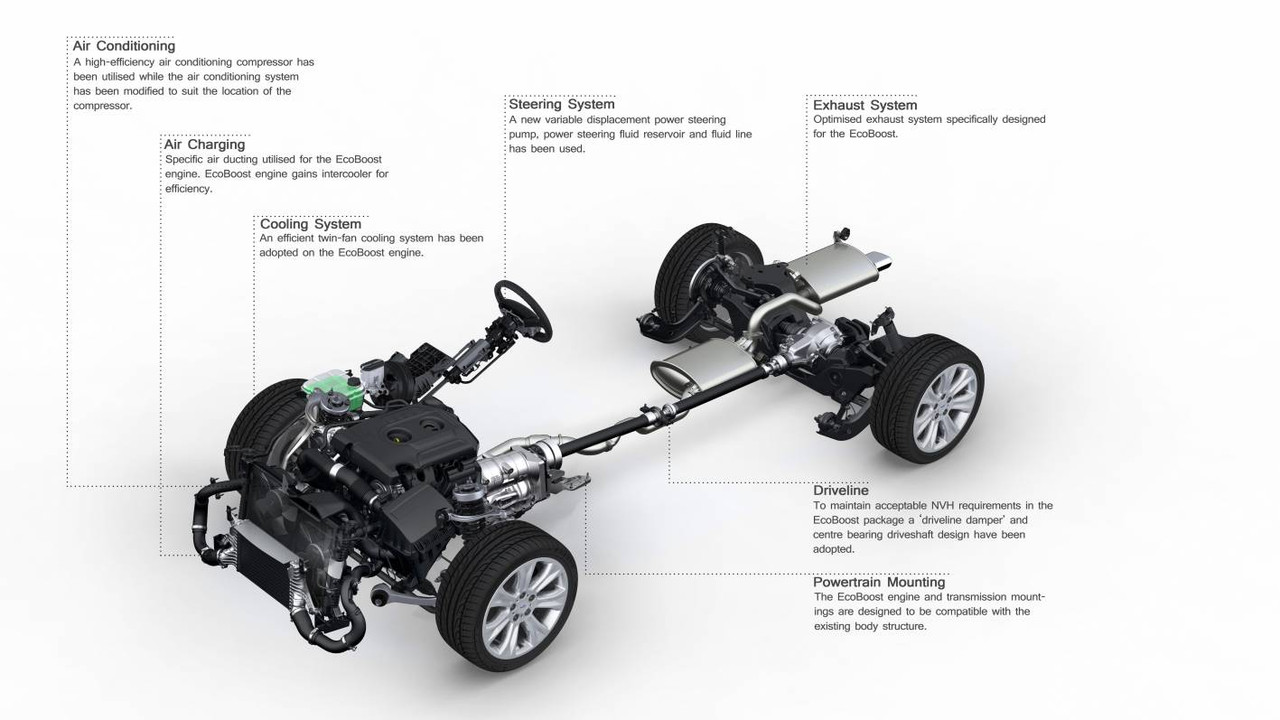

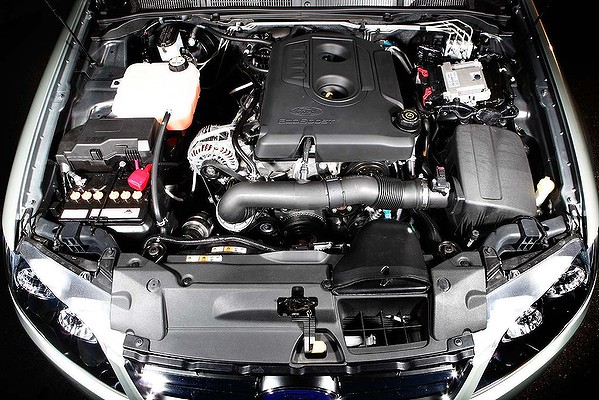
The Falcon EcoBoost was delayed a number of times before it went on sale in April 2012, this was all happening when Ford were making some big (yet to be announced) decisions on local manufacturing. The engine was a no-cost-option over the standard 4.0 inline 6 and was available on the base Falcon XT sedan, G6 and G6E sedan. Press reviews were extremely positive, declaring it was the sweetest Falcon to drive due to the lower weight over the front axle. They also made note of the refinement, fuel economy and overall engine performance. But...................
Ford did nothing to promote the vehicle other than a singular online based video..........................
As mentioned, the EcoBoost was launched a year before Ford announced that they were shutting down local manufacturing. As such, Ford were not all that interested in drumming up demand in a car that was going to be dead in a few years. That EcoBoost engine was also expensive to import from Spain, rather than locally made like the big Aussie Barra inline 6, or the locally assembled Coyote-based Boss V8. So it was an expensive exercise for Ford with little reward. Sales reflected the lack of interest in Falcon by then, the lack of advertising, and Ford's own intent on not pushing the engine. You could say an EcoBoost Falcon is a rare bird, but that implies people seek them out, because for the most part, the Barra 6 and Boss V8 are what the Ford diehards want.
For me, the EcoBoost lacked that raspiness that I love so much from the Barra inline 6.....................
EcoBoost -
Barra 4.0 inline 6 -
While the Barra in naturally aspirated form doesn't have much of an exhaust note, it's that harsh induction note right at the top of the rev band that gives it more character. The Barra having a big, heavy cast iron block meant it's not unheard of those engines doing a million km's (620000+ miles) without major work. In fact, the car basically falls apart around the engine.
No prizes for guessing which engine I would have chosen.




 ️
️











